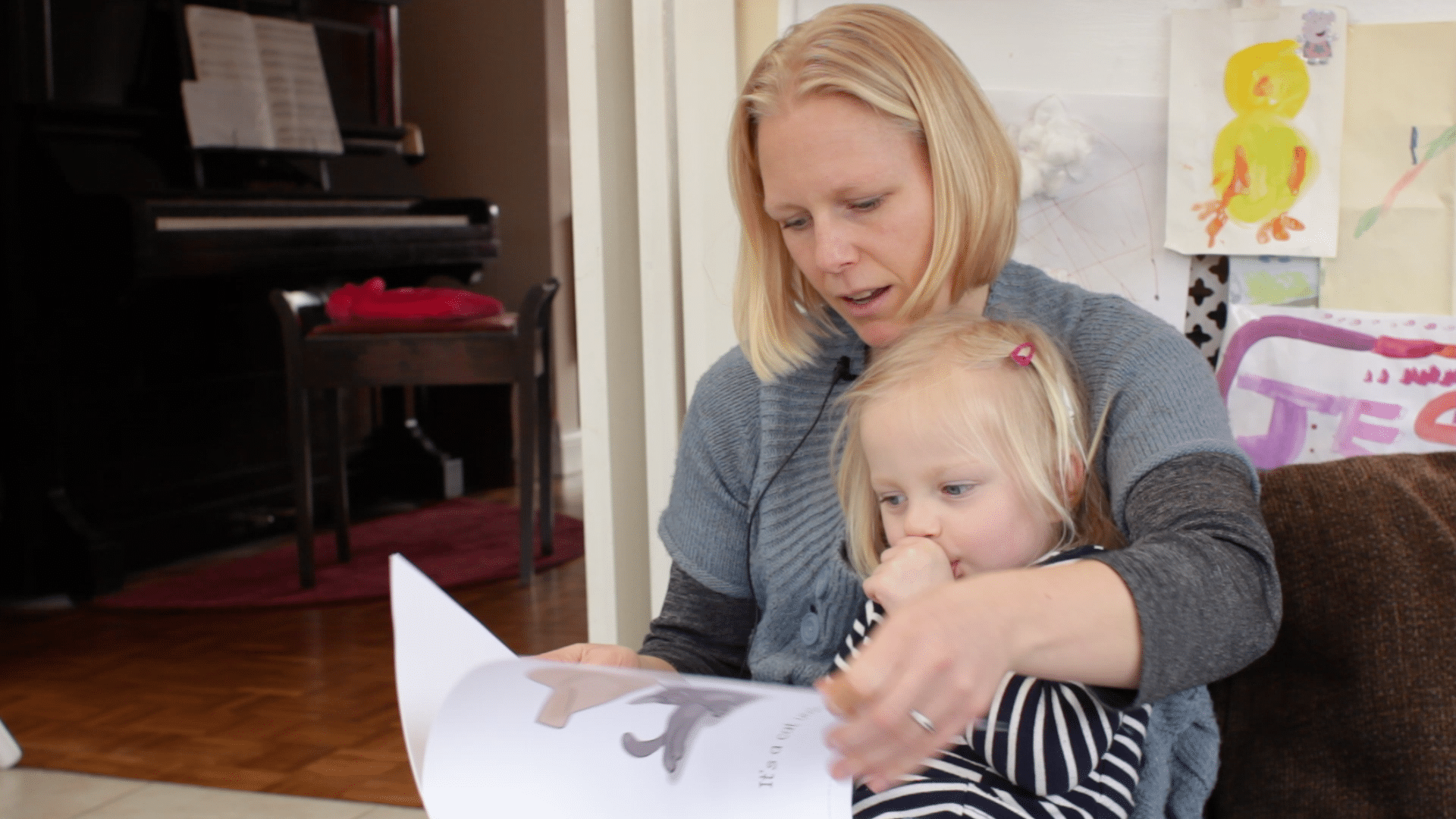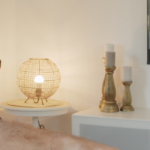MED-EL
Published Feb 20, 2019
Rehab At Home: How Can I Teach My Child About Rhyming Words?

Today’s Rehab At Home post is about rhyming. Recognising and generating rhyming words is an important skill for your child to master before learning to read and write.
Why Is Rhyming Important?
Before your child can begin to read and write, it’s important for them to develop ‘phonological awareness’— the ability to identify and segment sounds in words, and understand how different sounds are put together to make words. When we say a word, we’re essentially joining together different speech sounds in different patterns. Hearing these patterns over and over gives your child the chance to recognize how spoken language is made up of these patterns joined together in different ways.
Rhyming is one way to draw your child’s attention to the different sound patterns used in spoken language. When you say a rhyme to your child, you are drawing their attention to the similarities in specific sound patterns. This shows your child how different sounds can work together to make similar words. For example, the words ‘cat’, ‘rat’ and ‘bat’ all sound similar because they end with the same ‘-at’ sound pattern. When your child hears rhymes through songs or reading, they build their understanding of how sound patterns are grouped together. Your child will use this knowledge (with their vocabulary and language skills) to start to match letters to sounds when they begin to read and write.
How Can I Help My Child With Rhyming?
You can help build your child’s awareness of sounds by highlighting rhyming words in books, songs, and everyday activities. Use phrases such as “cat, bat; that rhymes, it sounds the same at the end” to support your child’s awareness of rhyme.
In this video, Penny’s mum is reading a story with Penny. Her mum highlights the words that rhyme throughout the story by putting more emphasis on them.
You can download this book, “What Could That Be Hiding From Me?”, by clicking here. But there are many children’s books that use rhyme, take a look at your local library and book stores for more stories.
Here are some other ideas for highlighting rhyming with your child.
What Activities Can We Do With Younger Children?
- Sing rhyming songs such as ‘Humpty Dumpty’, ‘Row Row Row your Boat’, ‘Twinkle Twinkle Little Star’ and emphasize the words that rhyme – that have the same sounds at the end: “Humpty dumpty sat on a wall, humpty dumpty had a great fall”.
- Once a rhyme or song is familiar to your child, pause before the rhyming word and look expectantly at your child to see if they can use the rhyming word to fill in the gap. This strategy is known as ‘auditory closure’.
What Activities Can We Do With Older Children?
- Read rhyming books such as ‘Brown Bear’, ‘Duck in the Truck’, ‘Peepo!’, ‘The Cat in the hat’, and emphasize the words that rhyme.
- Have fun repeating rhyming words and take turns generating other words that rhyme. These could be real words, for example me/see/key, or made up words, such as gee/ree.
Interested in more from Rehab At Home? Check out all the videos on our Rehab At Home intro page.
Penny’s mother Sarah is also a volunteer HearPeers Mentor. To chat with her about your hearing experiences and their life as parent of children with an implant visit the HearPeers website.
Have you heard about SONNET 2? Discover how our latest cochlear implant audio processor is made for your child.
Find out more about how cochlear implants work and how they could help you or your child.
MED-EL
Was this article helpful?
Thanks for your feedback.
Sign up for newsletter below for more.
Thanks for your feedback.
Please leave your message below.
Thanks for your message. We will reply as soon as possible.
Send us a message
Field is required
John Doe
Field is required
name@mail.com
Field is required
What do you think?
MED-EL


